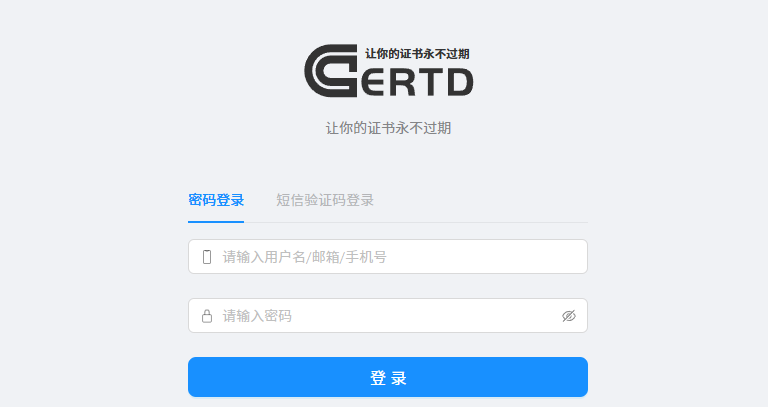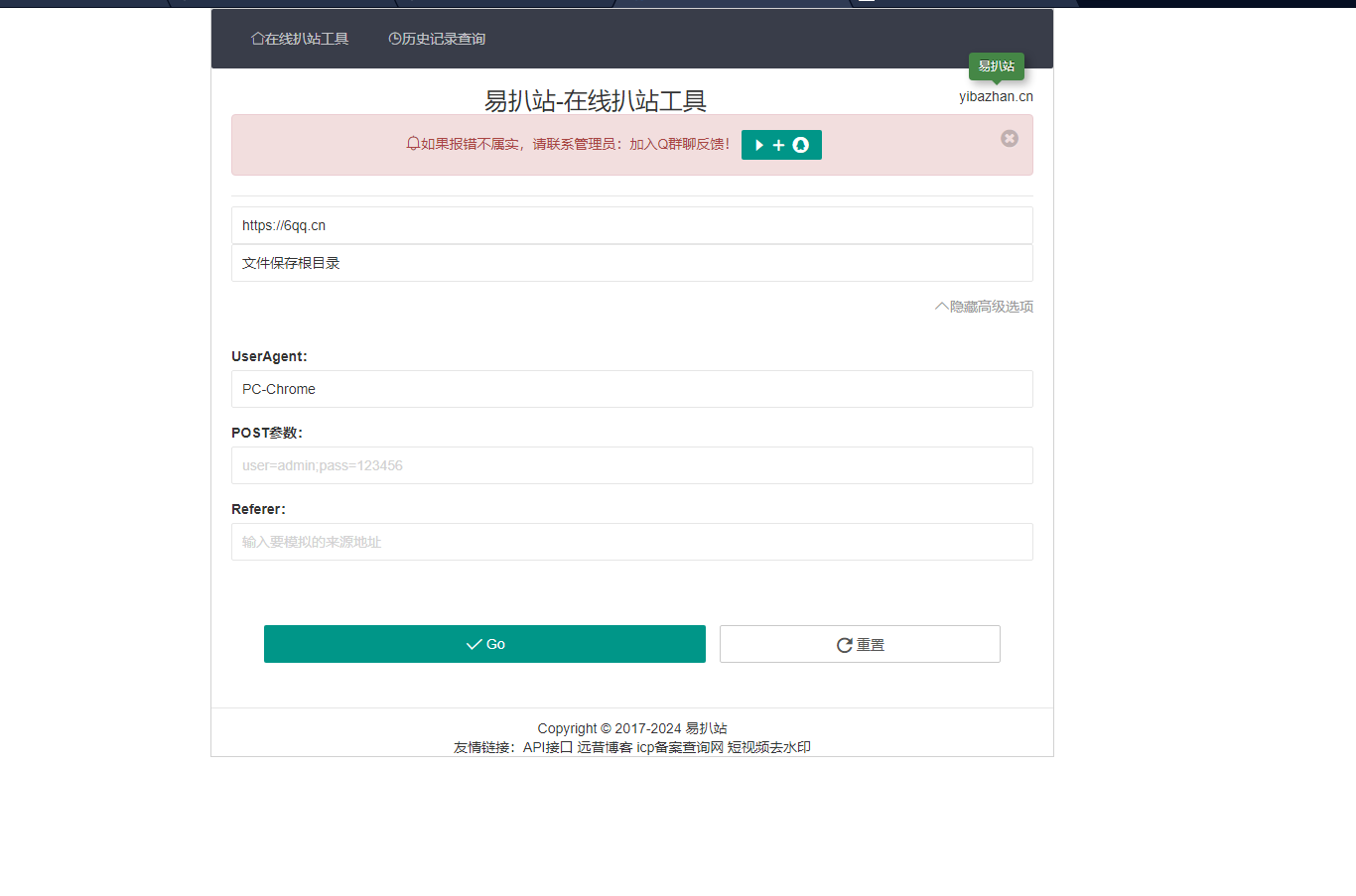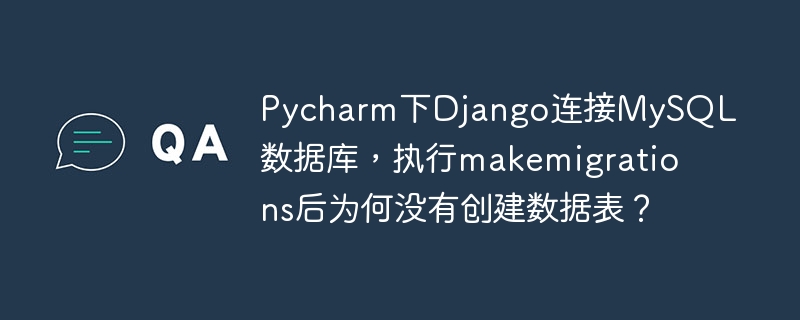
beego ORM框架下如何優(yōu)雅地管理多個(gè)數(shù)據(jù)庫(kù)連接,并確保模型與正確的數(shù)據(jù)庫(kù)關(guān)聯(lián)?本文將詳細(xì)講解如何在Beego ORM中實(shí)現(xiàn)模型與數(shù)據(jù)庫(kù)的精準(zhǔn)映射,避免因數(shù)據(jù)庫(kù)連接混亂導(dǎo)致的建表錯(cuò)誤。
Beego ORM并非直接在模型注冊(cè)時(shí)指定數(shù)據(jù)庫(kù),而是巧妙地利用數(shù)據(jù)庫(kù)連接的別名來(lái)實(shí)現(xiàn)多數(shù)據(jù)庫(kù)管理。 關(guān)鍵在于orm.RegisterDataBase函數(shù)。
核心步驟:使用orm.RegisterDataBase函數(shù)注冊(cè)多個(gè)數(shù)據(jù)庫(kù)連接,并為每個(gè)連接設(shè)置唯一的別名(例如:”default”,”db1″,”db2″)。 隨后,ORM會(huì)根據(jù)模型代碼中使用的數(shù)據(jù)庫(kù)別名自動(dòng)選擇正確的數(shù)據(jù)庫(kù)連接。
以下示例演示如何連接兩個(gè)數(shù)據(jù)庫(kù),并通過(guò)別名將模型與數(shù)據(jù)庫(kù)關(guān)聯(lián):
import ( "github.com/astaxie/beego/orm" ) func init() { // 注冊(cè)第一個(gè)數(shù)據(jù)庫(kù)連接,別名 "default" orm.RegisterDataBase("default", "mysql", "username:password@tcp(127.0.0.1:3306)/db_name?charset=utf8&loc=Local") // 注冊(cè)第二個(gè)數(shù)據(jù)庫(kù)連接,別名 "db2" orm.RegisterDataBase("db2", "mysql", "username:password@tcp(127.0.0.1:3306)/db_name2?charset=utf8&loc=Local") // 模型注冊(cè): // orm.RegisterModel(new(YourModel)) // 默認(rèn)使用 "default" 數(shù)據(jù)庫(kù) // orm.RegisterModelWithDBName("db2", new(YourModel2)) // 顯式指定 "db2" 數(shù)據(jù)庫(kù) // 或者在模型操作時(shí)指定數(shù)據(jù)庫(kù): // o := orm.NewOrmWithDBName("db2") // o.QueryTable(new(YourModel2)).All(&yourModels) }
通過(guò)這種方法,您可以輕松管理多個(gè)數(shù)據(jù)庫(kù),并確保每個(gè)模型都準(zhǔn)確地連接到其對(duì)應(yīng)的數(shù)據(jù)庫(kù)。 如果沒(méi)有明確指定數(shù)據(jù)庫(kù),則默認(rèn)使用名為 “default” 的數(shù)據(jù)庫(kù)連接。 為了提高代碼的可讀性和可維護(hù)性,建議在需要時(shí)顯式指定數(shù)據(jù)庫(kù)連接別名。
.jpg)















.png)
